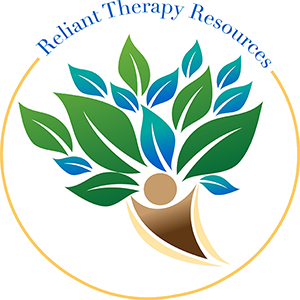Integrating Clients into the Community as a Recreational Therapist


Integrating Clients into the Community as a Recreational Therapist
Recreational therapy is a specialized field that utilizes recreational activities to improve or maintain physical, cognitive, emotional, and social functioning. One of the core principles of recreational therapy is the integration of clients into the community. This not only promotes inclusivity but also enhances the therapeutic process by providing real-world contexts for clients to practice and generalize skills. In this blog post, we will explore the importance of community integration and provide practical strategies for recreational therapists to effectively integrate their clients into the community.
The Importance of Community Integration
Community integration is a crucial aspect of recreational therapy for several reasons:
1. Social Interaction and Connection
Engaging with the community allows clients to build social connections, develop friendships, and reduce feelings of isolation. Social interaction is vital for mental health and well-being, and community activities provide opportunities for clients to practice communication and interpersonal skills in a supportive environment.
2. Skill Development and Generalization
Community-based activities offer a practical setting for clients to apply and generalize the skills they have learned in therapy sessions. Whether it’s practicing mobility skills at a local park or utilizing problem-solving abilities during a group outing, community integration fosters skill development in real-world contexts.
3. Increased Motivation and Engagement
Participating in community activities can increase clients’ motivation and engagement in the therapeutic process. The variety and novelty of community-based experiences can make therapy more enjoyable and meaningful for clients, thereby enhancing their overall experience and outcomes.
Practical Strategies for Community Integration
As a recreational therapist, there are several strategies you can employ to facilitate the integration of your clients into the community:
1. Assess Clients’ Interests and Abilities
Before planning community-based activities, it’s essential to assess your clients’ interests, abilities, and comfort levels. Conducting thorough assessments will help you tailor activities to meet the unique needs and preferences of each client, ensuring a positive and meaningful experience.
2. Collaborate with Community Partners
Build relationships with local organizations, businesses, and community groups to create opportunities for your clients. Collaborating with community partners can provide access to a wide range of resources and activities, such as adaptive sports programs, art classes, volunteer opportunities, and recreational events.
3. Provide Support and Accommodations
Ensure that clients have the necessary support and accommodations to participate in community activities safely and comfortably. This may include providing transportation, assistive devices, adaptive equipment, or one-on-one assistance from staff or volunteers. Making appropriate accommodations will enable clients to fully engage in community-based experiences and maximize their potential for success.
4. Educate and Advocate for Inclusivity
Educate community members, organizations, and businesses about the importance of inclusivity and accessibility for individuals with disabilities or special needs. Advocate for the removal of barriers and the implementation of inclusive practices to create a more welcoming and supportive community environment for all.
Conclusion
Integrating clients into the community is a fundamental aspect of recreational therapy that enhances social interaction, promotes skill development, and increases motivation and engagement. By assessing clients’ needs, collaborating with community partners, providing necessary support and accommodations, and advocating for inclusivity, recreational therapists can create meaningfully and enriching community-based experiences for their clients. Through community integration, clients can build connections, develop skills, and experience the many benefits that come from active participation in their community.
